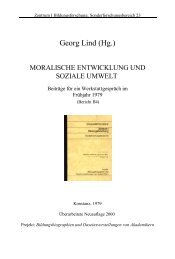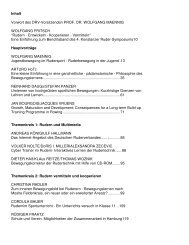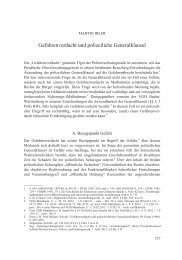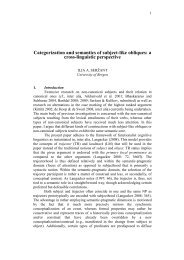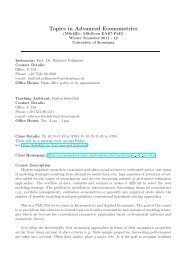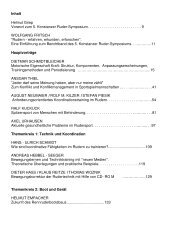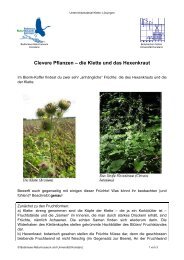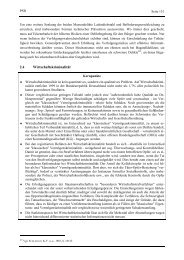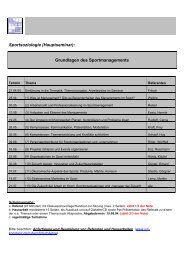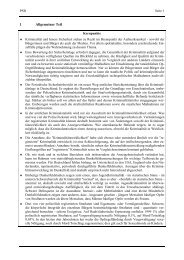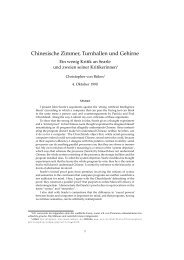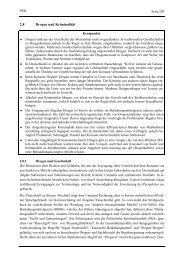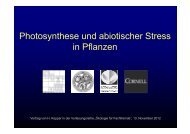Book of Abstracts Book of Abstracts - Universität Konstanz
Book of Abstracts Book of Abstracts - Universität Konstanz
Book of Abstracts Book of Abstracts - Universität Konstanz
Create successful ePaper yourself
Turn your PDF publications into a flip-book with our unique Google optimized e-Paper software.
A - 4<br />
Structure Determination <strong>of</strong> Small Silver Cluster Ions by Trapped Ion<br />
Electron Diffraction<br />
106<br />
Detlef Schooss 1 , Martine N. Blom 1 , Lars Walter 1 , Mattias Kordel 1 , Jason Stairs 1 , Joel H. Parks 2 and<br />
Manfred M. Kappes 1,3<br />
1 Institute <strong>of</strong> Nanotechnology, Forschungszentrum Karlsruhe,D-76021 Karlsruhe, Germany<br />
2 The Rowland Institute at Harvard, Cambridge, MA 02142, USA<br />
3 Institut für Physikalische Chemie, <strong>Universität</strong> Karlsruhe, D-76128 Karlsruhe, Germany<br />
The structure <strong>of</strong> silver clusters ions is studied by the recently developed technique <strong>of</strong><br />
trapped ion electron diffraction (TIED) [1]. In brief, cluster ions are generated by a magnetron<br />
sputter source [2] and injected into a Paul ion trap. After mass selection and thermalization the<br />
trapped ions are irradiated with a 40 keV electron beam and the resulting diffraction pattern is<br />
integrated with a CCD detector. The sensitivity and resolution <strong>of</strong> the apparatus is documented<br />
by figure 1 which shows the molecular scattering function obtained for Ag55 + at 90K.<br />
+<br />
Figure 1: Experimental diffraction pattern (open squares) <strong>of</strong> mass selected Ag55 at 90K. The measurement is<br />
consistent with an icosahedral structure as calculated from RIDFT calculations (line).<br />
Comparison to RIDFT structure calculations for various trial geometries reveals that the cluster<br />
ensemble which was probed comprises predominantly icosahedral Ag55 + . TIED measurements<br />
at different cluster sizes and charge states (Ag19 +/- to Ag79 +/- ) at a variety <strong>of</strong> temperatures ranging<br />
from 100 - 650 K are presently ongoing.<br />
References<br />
[1] M. Maier-Borst, D. C. Cameron, M. Rokni and J. H. Parks, Phys. Rev. A, 59, R3162 (1998), S.<br />
Krückeberg, D. Schooss, M. Maier-Borst, J. H. Parks, Phys. Rev. Lett. 85(21), 4494-4497 (2000)<br />
[2] H. Haberland, M. Mall, M. Moseler, Y. Qiang, T. Reiners and Y. Thurner, J. Vac, Sci. Technol.<br />
A 12(5), 2925 (1994)



